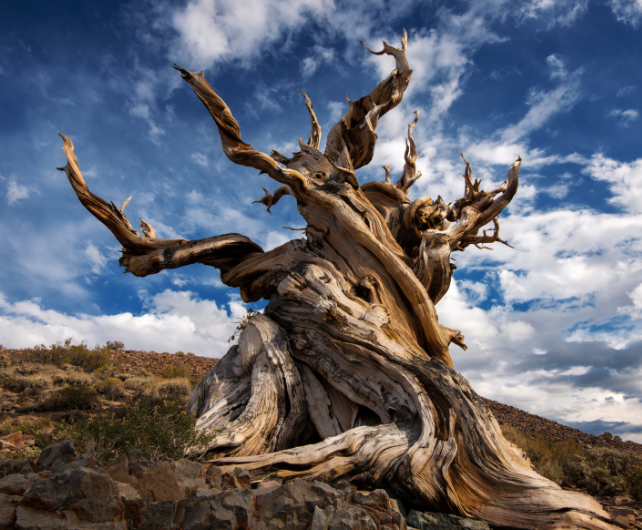Age would possibly effectively be only a quantity, however for a plant in Utah recognized affectionately as Pando, it could possibly be a digit that leaves all different residing issues within the mud.
Sequencing a whole lot of samples of fabric collected from the huge community of quaking aspen (Populus tremuloides), a group of scientists within the US has estimated the 106-acre (43-hectare) wooden might have began as a lonely seedling lengthy earlier than the top of the final ice age, some 34,000 years in the past.
Extremely, much less conservative estimates verify it is potential that the tree might have even sprouted tens of hundreds of years earlier than that.
Although the examine is but to be peer reviewed, its conclusions assist confine speculations over how lengthy this one clonal organism has stood in place, which have ranged wildly from a number of thousand to greater than 1,000,000 years.
Pando already attracts consideration from biologists for its spectacular dimension, thought-about by some to be the only largest organism on the planet.
Although the aspen seems to be 47,000 distinct timber rising above the soil, all share the identical genetic heritage and the one internet of interconnected roots, successfully making all of them chips off the identical ol’ block.
The report holder for a solitary tree’s age is an unnamed bristlecone pine in California’s White Mountains, regarded as a smidge over 5,000 years previous.

But clonal organisms like Pando – a reputation that interprets into ‘I unfold’ – play by totally different guidelines. Its genome of chromosome triplets does not combine simply with others inside its species, limiting the plant’s replica to asexual clones that stay related whereas rooting its means by the setting.
Whether or not we think about creeping populations of near-identical cells to be one particular person or a military of closely-related models, clonal organisms have a knack for persisting in a single place the place their sexually-reproductive cousins simply whither. Asexual replica has allowed some species of fungi to outlive for hundreds of years in a single place as a single ongoing mass, for instance.
Pando has already been suspected of being extraordinarily previous. To position tougher limits on its precise age, the analysis group collected round 500 items of root, leaf, and bark from its timber, in addition to specimens from different, unrelated aspen, and sequenced their DNA.
Making use of analytical methods to pick modifications which have emerged over time, the researchers recognized 4,000 genetic variations throughout the varied samples. The patterns of their mutations advised an intriguing story, one their fashions recommend dates again anyplace from 16,000 to 80,000 years.
“You’d count on that the timber which are spatially shut are additionally nearer genetically,” College of Chicago geneticist Rozenn Pineau advised Helena Kudiabor at Nature.
“However this isn’t precisely what we discover. We discovered a spatial sign, however that’s a lot weaker than what we anticipated.”
Additional research on why its historical past of mutations has unfold on this means and the way Pando protects its genome to keep away from accumulations of less-helpful genes might inform us why the plant and others prefer it stay to such a ripe previous age.
With fears that Pando’s days could be numbered, it is important we be taught as a lot as we are able to in regards to the plant’s skill to deal with no matter people and the pure world would possibly throw at it.
Comparable research on different clonal organisms might even push the aspen from its perch. There is a patch of Posidonia oceanica seagrass off the Spanish island of Formentera which some enterprise could be greater than 200,000 years previous.
We will solely hope Pando sticks round to succeed in such a quantity.
This analysis is obtainable on the pre-publish server bioRxiv.





